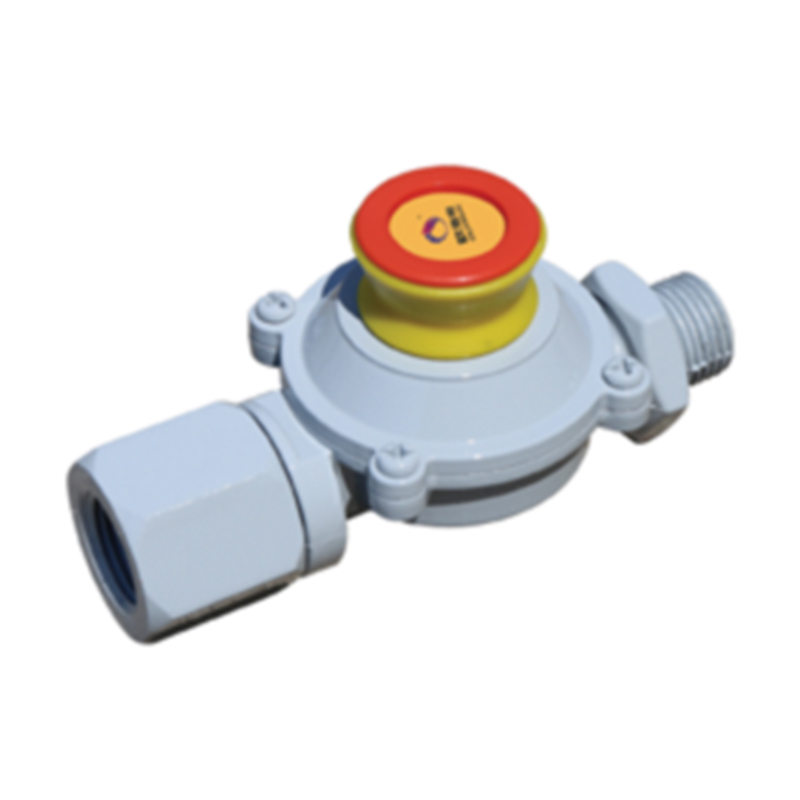
Dec . 23, 2024 18:07
Back to list
Pneumatic Control Valve Operating Principles and Applications for Efficient System Performance
Understanding Pneumatic Control Valves A Comprehensive Overview
Pneumatic control valves play a critical role in various industrial applications, serving as the backbone of many automated systems. These valves are designed to regulate the flow and pressure of compressed air, allowing for precise control in pneumatic systems. In this article, we will explore the fundamentals of pneumatic control valves, their types, functions, applications, and the advantages they offer in modern engineering.
What is a Pneumatic Control Valve?
At its core, a pneumatic control valve is a device that modulates the flow of air by opening, closing, or partially obstructing pathways in response to a control signal. This signal is often generated by a pneumatic actuator, which converts energy from compressed air into mechanical movement. The valve's design allows it to respond to varying pressure levels and flow rates, making it an essential component in control systems.
Types of Pneumatic Control Valves
There are several types of pneumatic control valves, each serving different purposes
1. Directional Control Valves These valves control the direction of airflow in a pneumatic system. They can be single-acting or double-acting and come in various configurations such as 2-way, 3-way, or 4-way. Their primary function is to direct air to different actuators or revert back to a single actuator.
2. Flow Control Valves These valves regulate the speed of an actuator by controlling the flow rate of compressed air. They are vital in applications where precise speed control is necessary, such as in cylinder operations.
3. Shut-off Valves As the name suggests, shut-off valves are designed to completely stop airflow in a system. They ensure safety by preventing unintended air leaks that could lead to system failures or hazards.
4. Pressure Relief Valves These components are essential for maintaining safe operating pressures within pneumatic systems. They automatically release air when pressures exceed predetermined levels, thus protecting equipment from damage.
Functions of Pneumatic Control Valves
pneumatic control valve

The primary function of pneumatic control valves is to enable precise control over various system parameters including flow rate, pressure, and direction. They allow for the automation of processes in manufacturing, packaging, and assembly lines, improving efficiency and reducing the need for manual intervention. Additionally, these valves facilitate safety mechanisms by preventing overpressure situations and ensuring controlled operations.
Applications of Pneumatic Control Valves
Pneumatic control valves are used in a wide range of industries, including
- Manufacturing Used in automated assembly lines for controlling robotic arms and conveyor systems. - Automotive Employed in production processes, such as painting and welding, where controlled airflow is crucial for the quality of the final product. - Food and Beverage Utilized in processes that require strict hygiene and control parameters for packaging and processing. - Pharmaceuticals Critical for controlling sterile environments and automated production lines.
Advantages of Pneumatic Control Valves
1. Reliability Pneumatic systems, supported by control valves, offer high reliability and are less prone to failure compared to electrical systems.
2. Speed Pneumatic control valves provide rapid actuation, enabling quick response times in automation.
3. Simplicity The design and function of pneumatic valves are relatively simple, making them easy to maintain and operate.
4. Cost-Effectiveness In many cases, pneumatic systems can be more economical to install and operate than their hydraulic or electric counterparts.
Conclusion
Pneumatic control valves are indispensable components in modern automation, providing essential control over air flow and pressure in various applications. Understanding the types, functions, and advantages of these valves allows engineers and technicians to optimize pneumatic systems for improved efficiency and safety. As industries continue to evolve, the role of pneumatic control valves will become increasingly significant in meeting the demands of advanced manufacturing and automated processes.
Next:
Latest news
-
Safety Valve Spring-Loaded Design Overpressure ProtectionNewsJul.25,2025
-
Precision Voltage Regulator AC5 Accuracy Grade PerformanceNewsJul.25,2025
-
Natural Gas Pressure Regulating Skid Industrial Pipeline ApplicationsNewsJul.25,2025
-
Natural Gas Filter Stainless Steel Mesh Element DesignNewsJul.25,2025
-
Gas Pressure Regulator Valve Direct-Acting Spring-Loaded DesignNewsJul.25,2025
-
Decompression Equipment Multi-Stage Heat Exchange System DesignNewsJul.25,2025

